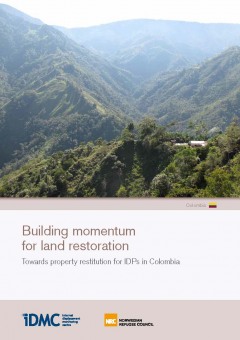Agriculture on the Brink: Climate Change, Labor and Smallholder Farming in Botswana
Botswana is a semi-arid, middle-income African country that imports 90 percent of its food. Despite its relative prosperity, Botswana also suffers from one of the highest measures of income inequality in the world, persistent poverty, and relatively high levels of food insecurity. The objective of this paper is to explore how political economy, climate change and livelihood dynamics are synergistically impacting household food security.







